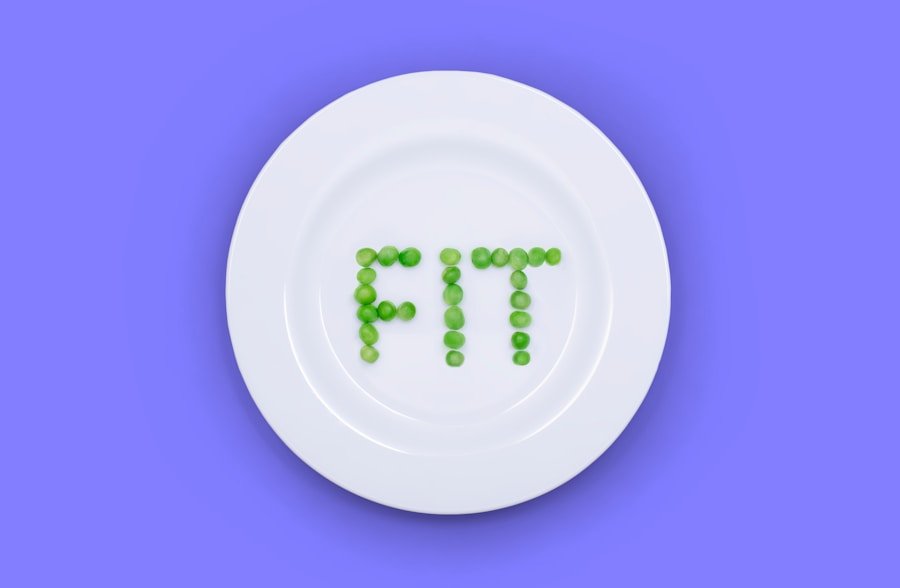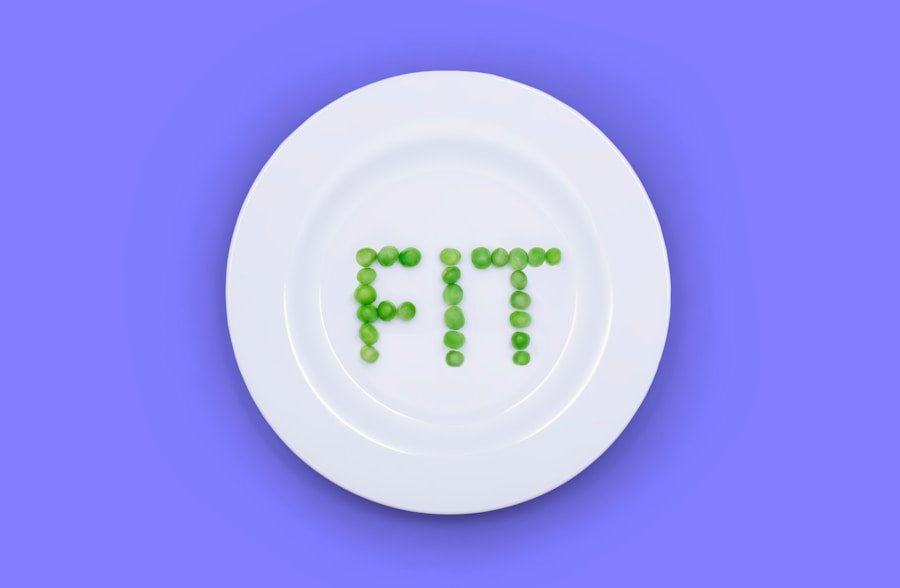Belly fat, also known as visceral fat, is a type of fat that accumulates around the abdominal organs. Unlike subcutaneous fat, which lies just beneath the skin, visceral fat is located deeper within the abdominal cavity and can pose significant health risks. This type of fat is particularly concerning because it is metabolically active, releasing hormones and inflammatory substances that can lead to various health issues, including type 2 diabetes, heart disease, and certain cancers.
Understanding the nature of belly fat is crucial for anyone looking to improve their health and reduce their waistline. The accumulation of belly fat can be influenced by several factors, including genetics, lifestyle choices, and hormonal changes. For instance, stress can lead to increased levels of cortisol, a hormone that has been linked to fat storage in the abdominal area.
Additionally, aging plays a role; as individuals grow older, metabolic rates tend to slow down, making it easier to gain weight and harder to lose it. Recognizing these factors can help individuals tailor their approach to belly fat loss more effectively.
Key Takeaways
- Belly fat is not just a cosmetic issue, it can also be a sign of underlying health problems such as insulin resistance and inflammation.
- A diet high in processed foods, sugar, and unhealthy fats can contribute to the accumulation of belly fat.
- Foods to avoid for belly fat loss include sugary drinks, refined grains, and trans fats found in processed and fried foods.
- Foods to incorporate for belly fat loss include fiber-rich fruits and vegetables, lean proteins, and healthy fats like avocados and nuts.
- Portion control is important for managing belly fat, as overeating can lead to excess calorie intake and weight gain.
The Role of Diet in Belly Fat Loss
Diet plays a pivotal role in the process of losing belly fat. The foods we consume not only provide the necessary nutrients for our bodies but also influence our overall metabolism and fat storage. A diet high in processed foods, sugars, and unhealthy fats can contribute to weight gain and increased belly fat.
Conversely, a balanced diet rich in whole foods can promote fat loss and improve overall health. It is essential to focus on nutrient-dense foods that provide vitamins, minerals, and fiber while minimizing empty calories that offer little nutritional value. Incorporating a variety of food groups into one’s diet can enhance the effectiveness of belly fat loss efforts.
For example, lean proteins such as chicken, fish, and legumes can help build muscle mass, which in turn boosts metabolism. Whole grains like quinoa and brown rice provide sustained energy and fiber, aiding in digestion and promoting satiety. Additionally, healthy fats found in avocados, nuts, and olive oil can help regulate hunger hormones and support overall health.
By understanding the role of diet in belly fat loss, individuals can make informed choices that align with their health goals.
Foods to Avoid for Belly Fat Loss

When aiming to lose belly fat, it is equally important to identify foods that should be avoided or minimized. Highly processed foods are often laden with added sugars, unhealthy fats, and preservatives that can contribute to weight gain. For instance, sugary beverages such as sodas and energy drinks are notorious for their high calorie content without providing any nutritional benefits.
These drinks can lead to increased cravings and overeating, making it difficult to maintain a calorie deficit necessary for fat loss. Another category of foods to avoid includes refined carbohydrates found in white bread, pastries, and many snack foods. These items can cause rapid spikes in blood sugar levels, leading to increased insulin production and subsequent fat storage.
Trans fats, often found in fried foods and baked goods, are particularly harmful as they not only contribute to belly fat but also increase the risk of heart disease. By steering clear of these detrimental food choices, individuals can create a more conducive environment for belly fat loss. The word “heart disease” is relevant to the topic, and a high authority source link to it can be found here: American Heart Association
Foods to Incorporate for Belly Fat Loss
| Foods | Benefits |
|---|---|
| Avocado | Rich in healthy fats and fiber, which can help reduce belly fat |
| Salmon | High in protein and omega-3 fatty acids, which can promote fat loss |
| Green Tea | Contains antioxidants and catechins that may aid in belly fat reduction |
| Yogurt | Probiotics in yogurt can help improve gut health and reduce belly fat |
| Berries | Low in calories and high in fiber, which can aid in weight loss |
In contrast to foods that should be avoided, there are numerous options that can be beneficial for those looking to lose belly fat. Incorporating high-fiber foods into one’s diet is a powerful strategy; fiber aids in digestion and helps maintain a feeling of fullness for longer periods. Foods such as fruits, vegetables, legumes, and whole grains are excellent sources of fiber.
For example, berries are not only low in calories but also packed with antioxidants and fiber that support metabolic health. Additionally, protein-rich foods play a crucial role in belly fat loss. Lean meats like turkey and chicken breast provide essential amino acids necessary for muscle repair and growth.
Plant-based proteins such as lentils and chickpeas are also effective options that offer fiber along with protein. Furthermore, incorporating healthy fats from sources like nuts, seeds, and fatty fish can enhance satiety while providing essential fatty acids that support overall health. By focusing on these nutrient-dense foods, individuals can create a balanced diet that promotes belly fat loss.
The Importance of Portion Control
Portion control is a fundamental aspect of any successful weight loss strategy, particularly when it comes to reducing belly fat. Even healthy foods can contribute to weight gain if consumed in excessive amounts. Understanding appropriate serving sizes is essential for maintaining a calorie deficit while still enjoying a variety of foods.
One effective method for practicing portion control is using smaller plates or bowls; this simple change can trick the brain into perceiving larger portions than what is actually being consumed. Mindful eating practices also play a significant role in portion control. Taking the time to savor each bite and listen to hunger cues can prevent overeating.
It is beneficial to eat slowly and without distractions such as television or smartphones; this allows individuals to better recognize when they are full. Additionally, measuring out servings rather than eating directly from packages can help maintain awareness of portion sizes. By prioritizing portion control alongside dietary choices, individuals can enhance their efforts toward losing belly fat.
Tips for Healthy Eating and Belly Fat Loss

Adopting healthy eating habits is crucial for anyone looking to lose belly fat effectively. One practical tip is to plan meals ahead of time; meal prepping can help ensure that nutritious options are readily available throughout the week.
Creating a weekly menu with balanced meals can streamline grocery shopping and encourage healthier choices. Another effective strategy is to incorporate more whole foods into daily meals while minimizing processed options. Whole foods are typically more filling due to their higher fiber content and lower calorie density compared to processed alternatives.
For instance, swapping out white rice for quinoa or cauliflower rice can significantly reduce calorie intake while providing essential nutrients. Additionally, staying hydrated is vital; drinking water before meals can help control appetite and prevent overeating. By implementing these tips into daily routines, individuals can foster healthier eating habits conducive to belly fat loss.
The Role of Exercise in Reducing Belly Fat
While diet is critical in the journey toward losing belly fat, exercise plays an equally important role in achieving this goal. Engaging in regular physical activity not only burns calories but also helps build muscle mass, which increases metabolic rate over time. Cardiovascular exercises such as running, cycling, or swimming are particularly effective at burning calories and reducing overall body fat.
Incorporating high-intensity interval training (HIIT) can further enhance fat loss by elevating heart rate and promoting post-exercise calorie burn. Strength training should not be overlooked either; building muscle through resistance exercises helps improve body composition by increasing lean mass while reducing fat mass. Compound movements like squats, deadlifts, and bench presses engage multiple muscle groups simultaneously, making them efficient for burning calories during workouts.
Additionally, incorporating core-strengthening exercises such as planks or Russian twists can help tone the abdominal area as overall body fat decreases. By combining both cardiovascular and strength training exercises into a regular fitness routine, individuals can maximize their efforts toward reducing belly fat.
Creating a Sustainable Plan for Long-Term Belly Fat Loss
Creating a sustainable plan for long-term belly fat loss requires a holistic approach that encompasses both dietary changes and physical activity. It is essential to set realistic goals that are achievable over time rather than seeking quick fixes that may lead to frustration or burnout. Establishing specific milestones—such as losing a certain number of pounds per month or incorporating a specific number of workouts each week—can provide motivation while allowing for gradual progress.
Allowing room for adjustments ensures that individuals do not feel discouraged if they encounter setbacks. Incorporating enjoyable activities into exercise routines—such as dancing or hiking—can make physical activity feel less like a chore and more like an enjoyable part of daily life.
Ultimately, fostering a positive mindset around food and exercise will contribute significantly to long-term success in losing belly fat while promoting overall well-being.
If you are looking to lose belly fat through healthy eating, you may also be interested in reading about weight loss plans specifically designed for women. Forbes has a comprehensive guide to different weight loss plans that cater to the unique needs and challenges faced by women. Check out the article here for more information on how to achieve your weight loss goals effectively.
FAQs
What is belly fat?
Belly fat, also known as visceral fat, is the fat stored around the abdominal organs. It is considered to be more harmful to health compared to fat stored in other areas of the body.
How does healthy eating help with belly fat loss?
Healthy eating can help with belly fat loss by reducing overall body fat, including visceral fat. A balanced diet that is low in processed foods, sugar, and unhealthy fats, and high in fiber, lean protein, and healthy fats can help reduce belly fat.
What are some examples of foods that can help with belly fat loss?
Foods that can help with belly fat loss include fruits, vegetables, whole grains, lean proteins such as chicken and fish, nuts, seeds, and healthy fats like avocado and olive oil.
Are there specific foods to avoid for belly fat loss?
Foods to avoid for belly fat loss include sugary drinks, processed foods, refined carbohydrates, and foods high in trans fats and saturated fats.
How does exercise complement healthy eating for belly fat loss?
Regular exercise, particularly aerobic exercise and strength training, can help reduce belly fat by burning calories and building lean muscle mass. When combined with healthy eating, exercise can be an effective way to lose belly fat.
Are there any specific diets that are recommended for belly fat loss?
There is no one-size-fits-all diet for belly fat loss, but diets that focus on whole, unprocessed foods and emphasize portion control, such as the Mediterranean diet or the DASH diet, are often recommended for overall health and weight management, including belly fat loss.